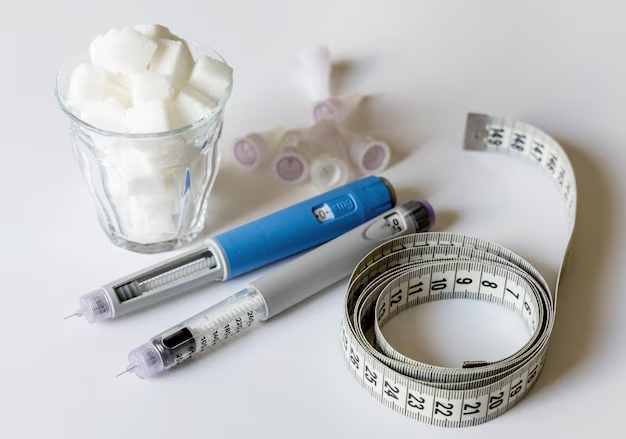Need Help Understanding Medicare Coverage for Diabetes Supplies? Here's What You Should Know
Managing diabetes can often feel like navigating a labyrinth, where one wrong step can throw you off course. If you or a loved one have been diagnosed with diabetes, understanding the options available through Medicare is crucial for effective management and financial planning.
Does Medicare Cover Diabetes Supplies?
Yes, Medicare does cover diabetes supplies under different parts of its program, primarily under Medicare Part B and Medicare Part D. Here’s how it breaks down:
Medicare Part B
Medicare Part B is your go-to for most diabetes supplies. It covers:
- Blood sugar monitors: These devices are essential for daily management.
- Test strips: Quantities vary based on medical necessity.
- Lancet devices and lancets: Used to test your blood sugar levels.
- Glucose control solutions: Ensure your testing equipment functions correctly.
- Insulin pumps and the insulin used in the pumps: Note that insulin not used in pumps falls under a different category.
Medicare Part D
Part D primarily covers insulin and some of the supplies necessary for injection, like syringes, needles, alcohol swabs, and gauze.
What’s Not Covered?
While Part B and Part D provide comprehensive coverage, it's critical to know what isn't covered:
- Supplies like continuous glucose monitors (CGMs) may not be covered unless certain criteria are met.
- Insulin without a pump requires a prescription drug plan under Part D.
Additional Support Through Medicare Advantage
Medicare Advantage Plans (Part C) sometimes offer more extensive coverage than Original Medicare, including additional services or supplies related to diabetes management. If you’re exploring Medicare Advantage, it’s worthwhile to compare plans and see which offers the best options suited to your needs.
Broaden Your Financial Options
Despite Medicare's extensive coverage, out-of-pocket expenses might still be a burden. Don't let the cost become a roadblock. Several financial assistance programs can help lessen the load:
- Medicaid: For those who qualify, Medicaid can supplement coverage and reduce costs.
- State Pharmaceutical Assistance Programs (SPAPs): Available in some states, these programs can help cover prescription drug costs.
- Non-profit organizations: Several entities provide support for individuals with diabetes. These organizations can sometimes offer supplies at reduced costs or collaborate with services to provide aid.
Thinking broadly about financial health, it’s wise to explore ways to ensure you’re well-covered:
- Credit counseling services: Manage and reduce any healthcare-related debt effectively.
- Debt relief programs: Keep an eye on programs that negotiate directly with creditors.
- Educational grants: If going back to work or school, educational grants can alleviate extra financial burdens associated with the disease’s management.
Explore and educate yourself on the myriad options available. Understanding Medicare's reach and limitations, combined with external financial options, can empower you to take control of your condition without sinking into debt.
Financial and Educational Tools at a Glance:
- 💸 Medicaid: Additional support for low-income individuals.
- 📆 State Pharmaceutical Assistance: Covers prescription drugs if eligible.
- ❤️ Non-Profit Organizations: Access affordable medical supplies.
- 💡 Credit Counseling Services: Avoid debt pitfalls.
- ✅ Debt Relief Programs: Negotiate terms, explore forgiveness.
- 🎓 Educational Grants: Financial support while pursuing education.
Empower yourself with knowledge, leverage the resources at your disposal, and take charge of your health without compromising financial stability.

Related Topics
- a Medical Provider That Accepts Medicare Assignment Must
- a Medical Provider That Accepts Medicare Assignment Must Quizlet
- a Medicare Patient Received Treatment That Isn't Covered By Medicare
- a Medicare Patient Receives Treatment That Isn't Covered By Medicare
- a Medicare Supplement Basic Benefit Is Quizlet
- a Medicare Supplement Companies
- a Medicare Supplement Policy Is Quizlet
- a Medicare Supplement Policy Must Not Contain Benefits Which
- a Patient Received Treatment In August Medicare
- Am I Eligible For Medicare